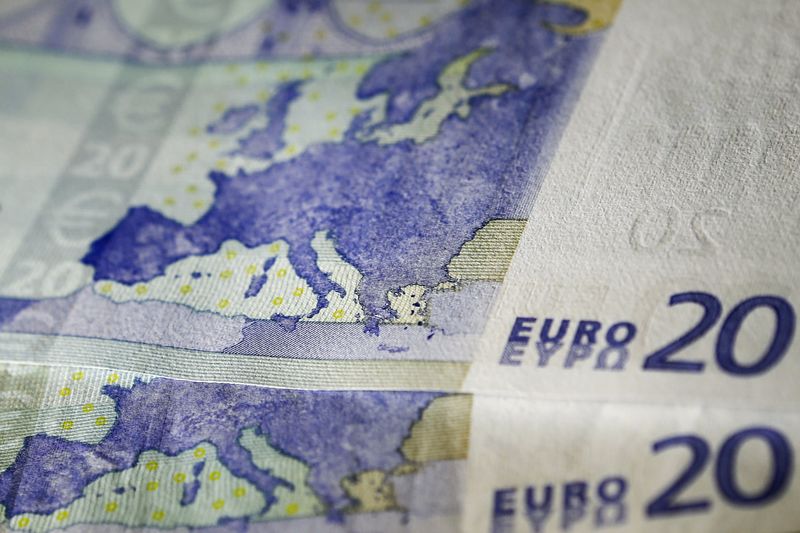Investing.com - The euro rose to fresh seven-week highs against the weaker dollar on Thursday after data showing that the annual rate of inflation in the euro area fell again in March, but at a slower pace than in the previous month.
EUR/USD hit highs of 1.1370, the most since February 11, up from around 1.1355 ahead of the data.
The annual rate of consumer inflation fell 0.1% in March Eurostat said, after an annualized 0.2% fall in February.
The European Central Bank targets inflation of close to, but just below 2%.
Energy prices dropped 8.7% in March compared to the same period in 2015, Eurostat said.
Core inflation, which excludes food and energy prices, rose 1.0% year-on-year, accelerating from 0.8% in February.
The ECB ramped up its stimulus package earlier this month, cutting its deposit rate deeper into negative territory, increasing monthly asset purchases and offering free loans to the corporate sector in a bid to spur price growth in the region.
The U.S. dollar index, which measures the greenback’s strength against a trade-weighted basket of six major currencies, was close to five-month lows at 94.64.
The greenback remained on the defensive as investors pushed back expectations for a near-term rate hike by the Federal Reserve in the wake of dovish comments by Fed Chair Janet Yellen.
Speaking Tuesday, Yellen said global risks to the U.S. economy, including low oil prices and uncertainty over China underlined the need for a cautious approach to raising U.S. interest rates.
The dollar remained broadly weaker despite data showing that the U.S. private sector added more jobs than expected last month.
Payroll processing firm ADP said nonfarm payrolls rose by 200,000 last month, compared to expectations for an increase of 194,000.
Markets use the ADP data as a guide for the government nonfarm payrolls report, which will be released Friday
Economists expect Friday's report to show that the U.S. economy created 205,000 jobs last month, after jobs growth of 242,000 in February.
